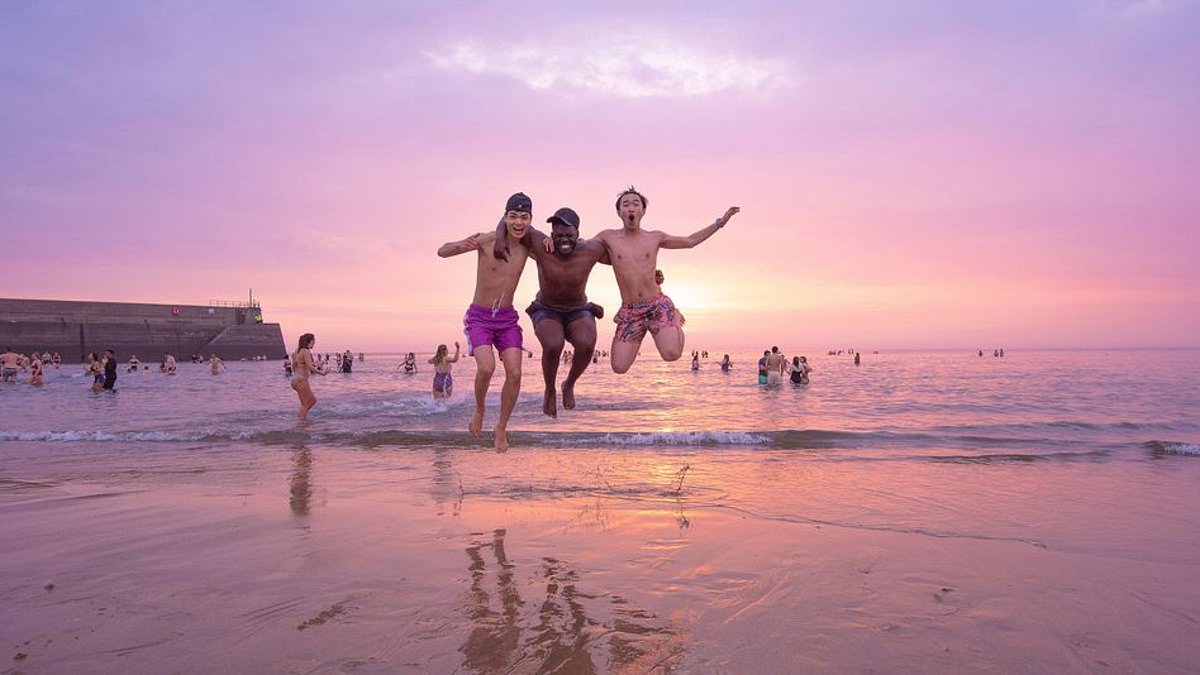Overview
St Andrews, our University of the Year for Student Experience, has established itself as an alternative to Oxford and Cambridge over the past two decades, going toe-to-toe with the UK’s two most famous universities. It has topped more domestic university rankings than either Oxford or Cambridge in the past three years, its success built on an unrivalled record for student satisfaction with teaching quality, support and their overall university experience. St Andrews tops our analysis of the student experience scores in this year’s National Student Survey. The university proves that it is possible to meet the high expectations of demanding, well-qualified students, measured in the National Student Survey, when many rivals in the Russell Group come up woefully short. It also has a growing reputation in key areas of research with global impact. Academic excellence spans all four faculties – arts, divinity, medicine and science – leading to fierce competition for places. The attractiveness of St Andrews extends to its location. Perched on a rocky outcrop on the east coast of Fife, St Andrews is a small, pretty town where it is impossible to discern where the town ends and the university begins. Students make up more than half the population. When not studying, you can lower your golf handicap or run along the stunning beach that featured in the iconic movie, Chariots Of Fire.
Paying the bills
At the heart of the university’s financial support is the St Andrews Access Award which offers up to £4,855 for each of four years of study. This comprises £2,900 as a cash bursary, £1,750 in accommodation discounts and a £205 sports membership. The largest awards go to care leavers, but students from homes with annual income of up to £20,999 get £3,750 in cash and accommodation discounts and the £205 sports membership, tapering to £3,500 and a 50% reduction on the sports membership for those from homes with an income of £21,000 to £23,999. Students from homes with an income of £24,000 to £33,999 receive £1,500 and a 25% reduction on the sports membership. Payments can be made (but are not guaranteed) to students from homes with more than £34,000 annual income, if they meet eligibility criteria and funding is available. Among the categories of widening participation from which scholarship applications are particularly welcome are having a home address in a postcode considered to among the 40% most deprived in Scotland, being a carer or care experienced, being estranged from parents or being an asylum seeker or refugee. A significant number of other awards are available, and there has been additional investment in hardship funding for students in severe need. Self-catered, university-owned rooms cost from £5,401 to £9,757 for 33 and 37 weeks respectively, while catered rooms range from £6,579 to £10,991 for 33 and 37 weeks respectively.
What’s new?
St Andrews is building its research profile and giving students opportunities to be part of it. Its Vertically Integrated Projects (VIP) programme facilitates interdisciplinary research and lets students, working under an academic supervisor, contribute to ongoing research in return for course credits. Current VIPs include Civil War monuments, dolphin acoustics, Scottish professional football and artificial intelligence for decision-making. The university attracted just under £50m of external funding during 2023 for more than 300 research projects, among them a grant to establish St Andrews’ leadership of Global-ex, an international climate change project. St Andrews has formed two global research centres in diverse intelligences and critical sustainability, and continues to develop its position as a world-leading hub for studying neurodegenerative diseases such as dementia. The university’s Entrepreneurship Centre has supported 14 student start-ups in the past year. Its school of management and school of economics and finance merged last summer to create the new University of St Andrews Business School. This combined expertise allows it to respond effectively to the post-pandemic and climate emergency agendas and address evolving economic, political and social challenges.
Admissions, teaching and student support
St Andrews guarantees it will make an offer to all applicants who live in the 20% of areas considered the most deprived in Scotland and who attend schools with lower-than-average rates of progression to higher education, if the minimum entry requirements are met and there is success in any additional tests or interviews, if applicable. Students must also show a desire to study the subject. Care leavers also qualify for this. Others meeting various contextual criteria might receive reduced offers. A course with standard entry requirements of AAAAB at Highers might drop to AABB, or as low as BBBB for Gateway programme entrants. The Gateway programmes in arts, medicine and science are one or two-year programmes that help widening participation students reach a standard that will allow them to progress to degree courses. For students experiencing problems with their mental health and wellbeing, the university uses a ‘lightest touch approach to promote autonomy and independence’. Wellbeing champions are based in each academic school and a formal mental health agreement has been created with the Students’ Association to improve connectedness, remove stigma and create better signposting of available services. Treatment options, where needed, span counselling, coaching, cognitive behavioural therapy and group therapy. All new students are required to complete four compulsory training modules, which cover sexual consent and gender-based violence as well as racial, social and sexual tolerance.
